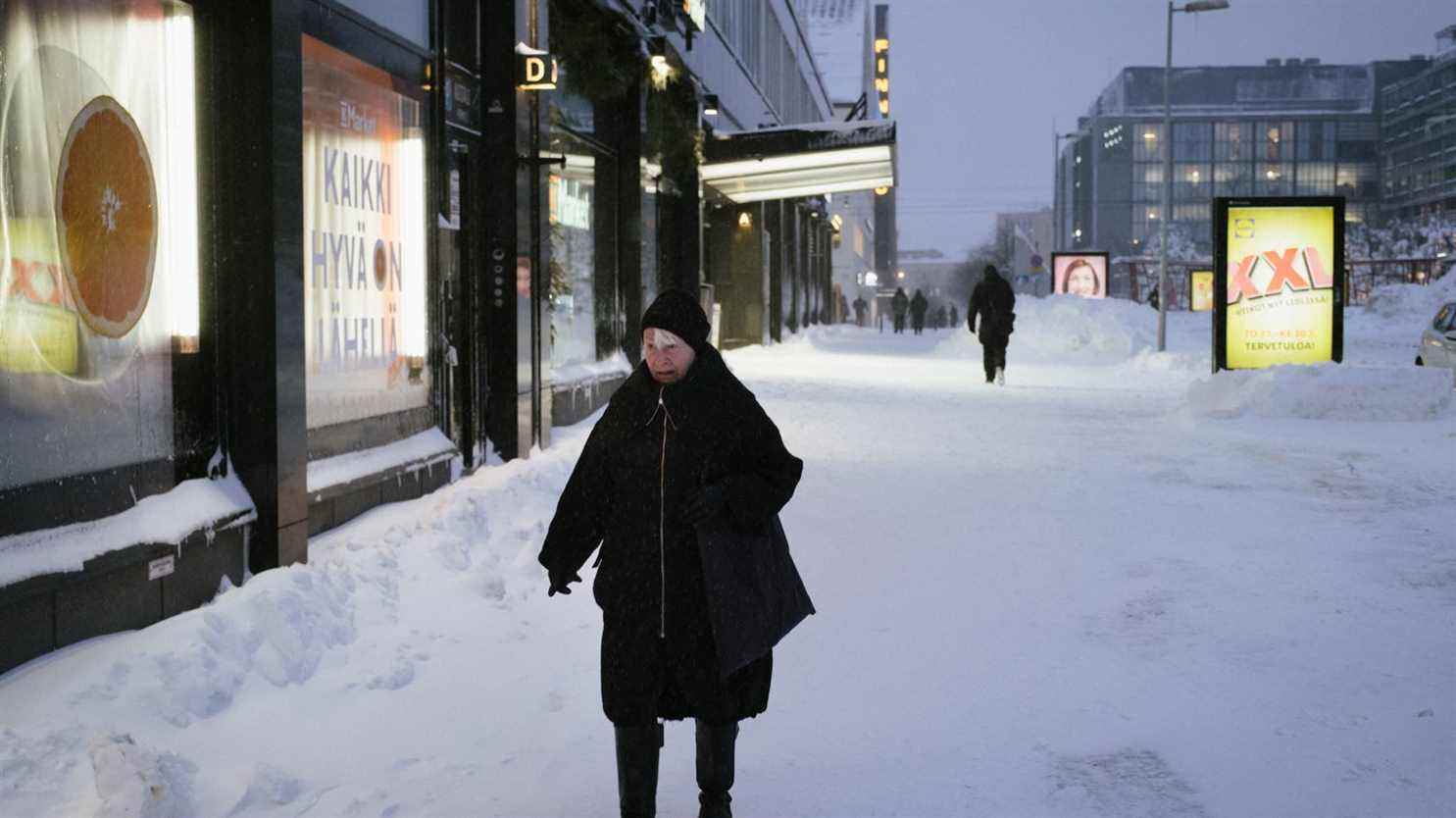“We are now under downtown Helsinki, in a pedestrian tunnel”, explainsmunicipal engineer Eija Kivilaasko, who takes franceinfo not far from Helsinki station. She oversaw the city’s new basement master plan, which has just been adopted.
“We are very deep in the rock, she emphasizes. We are increasing the number of these tunnels because with them there is no need in the streets where it is minus ten, like today. “ Underground Helsinki today represents more than 400 different sites, to which are added 80 new sites with this new plan.
The goal is to protect the inhabitants from the cold or the snow, but not only that. Finns love space, nature, even in the city. So in order not to encumber their capital, they decided to bury everything that was certainly useful, but cumbersome. “It started in the 1960s with infrastructure: facilities for wastewater treatment, electricity. Everything that is needed for technical maintenance does not need to be on the surface. We do not want to ‘too dense a city center “, Explain Eija Kivilaasko.
Helsinki’s basement has many other surprises in store. There is notably an art museum, a church, but also an Olympic swimming pool which receives 400,000 swimmers per year. “We don’t think about it when we are there, we just come to swim, but sometimes we realize where we are, underground”, says Irina, a swimmer. In the same genre, there is a karting track, twenty meters underground.
Spaces have been reserved in order to build other infrastructures, other installations. Near the surface, she is now considering places where people can stop to sit, read, or have a bite to eat, so that these underground tunnels are no longer just staging areas. Deeper, technical rooms for hospitals and pumping stations are also being considered.
Finally there is this large-scale project, sixty meters below sea level: the excavation of two underground stations, to connect to the railway tunnel which should, in the near future, reach Tallin, in Estonia, from the other side of the Gulf of Finland.
